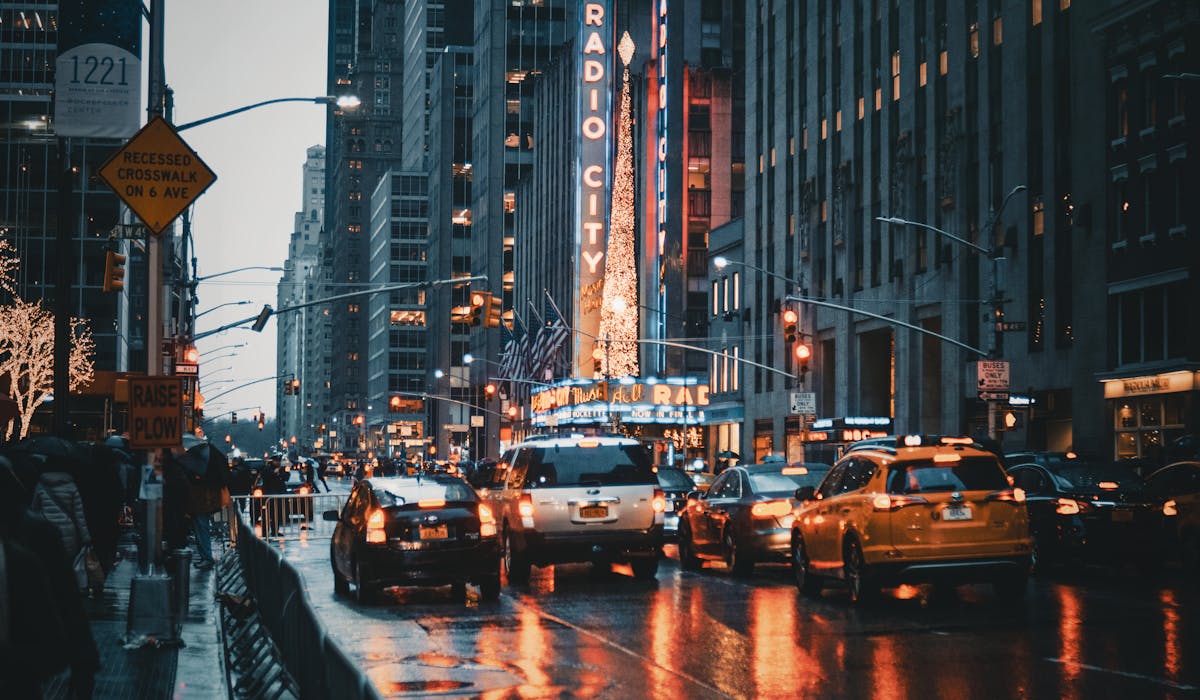Top Guidelines Of Framing Streets
Wiki Article
The Definitive Guide for Framing Streets
Table of Contents4 Simple Techniques For Framing StreetsThe Only Guide for Framing StreetsGetting My Framing Streets To WorkThe 30-Second Trick For Framing StreetsThe Best Guide To Framing StreetsFraming Streets Fundamentals Explained
, normally with the goal of catching pictures at a crucial or emotional minute by cautious framing and timing. https://canvas.instructure.com/eportfolios/2658090/Home/Framing_Streets_Mastering_the_Art_of_Street_Photography.
, who was motivated to embark on a comparable documentation of New York City. As the city developed, Atget aided to promote Parisian roads as a worthwhile topic for digital photography.
The smart Trick of Framing Streets That Nobody is Talking About
Martin is the very first videotaped digital photographer to do so in London with a disguised cam. Mass-Observation was a social research study organisation founded in 1937 which intended to record everyday life in Britain and to record the reactions of the 'man-in-the-street' to King Edward VIII's abdication in 1936 to marry divorce Wallis Simpson, and the succession of George VI. The chief Mass-Observationists were anthropologist Tom Harrisson in Bolton and poet Charles Madge in London, and their first record was created as guide "May the Twelfth: Mass-Observation Day-Surveys 1937 by over two hundred onlookers" [] Home window cleaner at Kottbusser Tor, Berlin, by Elsa Thiemann c. 1946 The post-war French Humanist College photographers found their topics on the road or in the bistro. Between 1946 and 1957 Le Groupe des XV each year showed work of this kind. Andre Kertesz. Circus, Budapest, 19 May 1920 Road digital see this photography created the significant web content of 2 exhibitions at the Gallery of Modern Art (Mo, MA) in New york city curated by Edward Steichen, Five French Digital Photographers: Brassai; Cartier-Bresson, Doisneau, Ronis, Izis in 1951 to 1952, and Post-war European Digital Photography in 1953, which exported the principle of street digital photography worldwide.
The Of Framing Streets
The recording equipment was 'a covert electronic camera', a 35 mm Contax concealed under his coat, that was 'strapped to the upper body and linked to a long cord strung down the appropriate sleeve'. His job had little modern impact as due to Evans' level of sensitivities concerning the creativity of his task and the privacy of his subjects, it was not published up until 1966, in the publication Many Are Called, with an introduction written by James Agee in 1940.Helen Levitt, after that a teacher of young children, connected with Evans in 193839. She recorded the temporal chalk illustrations - photography presets that became part of youngsters's street culture in New York at the time, along with the youngsters that made them. In July 1939, Mo, MA's new digital photography section included Levitt's job in its inaugural exhibitRobert Frank's 1958 book,, was considerable; raw and usually indistinct, Frank's pictures questioned traditional digital photography of the moment, "tested all the official policies laid down by Henri Cartier-Bresson and Pedestrian Evans" and "flew in the face of the wholesome pictorialism and sincere photojournalism of American magazines like LIFE and Time".
Report this wiki page